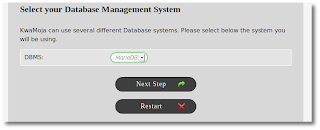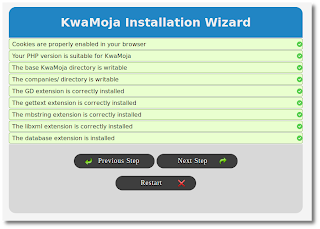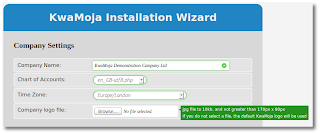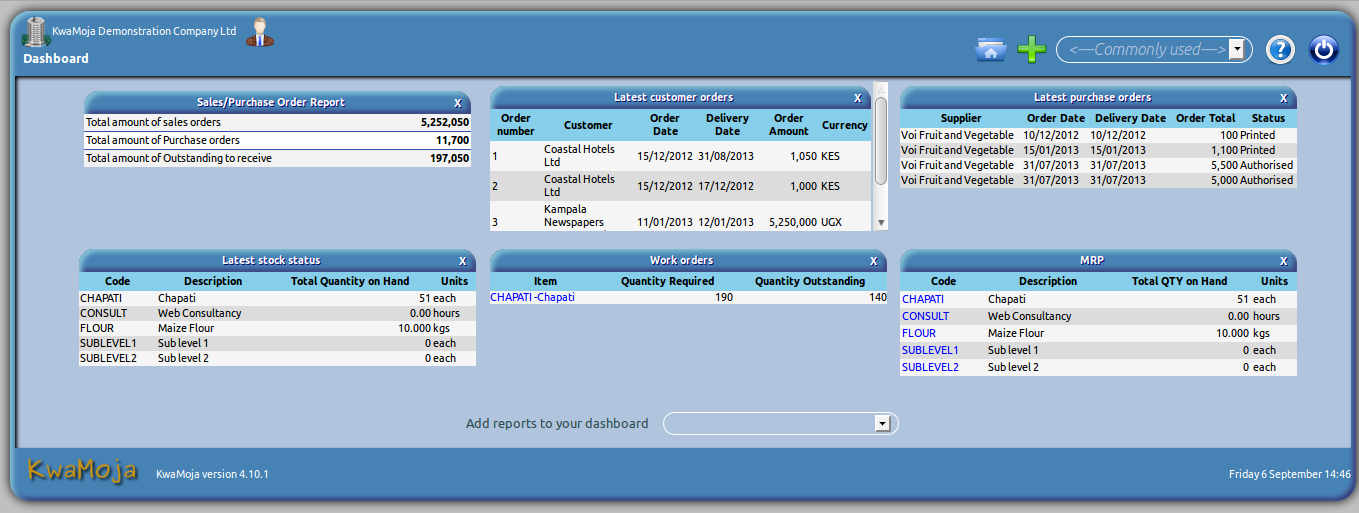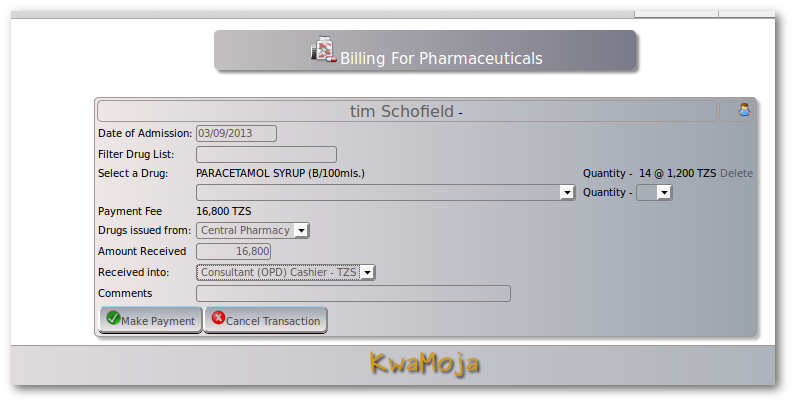This page is written in response to the lies tha +Phil Daintree has written about me, and spread on the internet. Despite years of searching he has been unable to find anything I have written that is untrue, and he has had to resort to vague generalities, faked emails, and badly fabricated screenshots (you can see the joins if you zoom in using any bit mapped image editor). +Phil Daintree is welcome to make any comments to these pages, as he has done in the past. If I agree with what he says I will amend my writings, if I do not agree I have allowed his comments to stand next to mine so that people can make their own judgements. I have every confidence in the intelligence of readers to make a sensible judgement based on the facts. +Phil Daintree will not allow me the right of reply to any of the lies he has told about me. It seems to me significant that he realises that if people see both sides of the argument they will see through his lies..
In response to this blog post of mine, +Phil Daintree has posted this to the mailing list. I tried to post a reply to the mailing list, but it was rejected, so I publish it here in the hope it is useful to the debate:
"Phil,
It seems to me that in your attempts to control what characters the user can use you have lost sight of why you are trying to do it. The point of an ERP is to help the user do what is best for their business rather than to tell them what you think is best for their business.
For instance you have recently put a check on what characters can be used in the users company name. Why should it be up to you to decide how a user should spell their company name? What you should be doing is trying these characters in the company name, and then looking at all the places in the code where that field is used, and seeing if these characters cause a problem. I suspect they don't cause any issues, but if they do you should be trying to resolve those issues, not just banning the characters.
Likewise with item codes. The code 3.5K/V-5"x3" would be a perfectly legitimate code for a user to want to use, but would fail the new illegal character tests on several grounds. Yes a user could work around this problem, but why should they when most other ERP packages will allow it?
It seems to me that this desire of yours to control everyone and everything is pulling webERP down. Let us free the users up to do what is best for them, instead of all the time telling them what you think is best for them.
Thanks
Tim"
In response to this blog post of mine, +Phil Daintree has posted this to the mailing list. I tried to post a reply to the mailing list, but it was rejected, so I publish it here in the hope it is useful to the debate:
"Phil,
It seems to me that in your attempts to control what characters the user can use you have lost sight of why you are trying to do it. The point of an ERP is to help the user do what is best for their business rather than to tell them what you think is best for their business.
For instance you have recently put a check on what characters can be used in the users company name. Why should it be up to you to decide how a user should spell their company name? What you should be doing is trying these characters in the company name, and then looking at all the places in the code where that field is used, and seeing if these characters cause a problem. I suspect they don't cause any issues, but if they do you should be trying to resolve those issues, not just banning the characters.
Likewise with item codes. The code 3.5K/V-5"x3" would be a perfectly legitimate code for a user to want to use, but would fail the new illegal character tests on several grounds. Yes a user could work around this problem, but why should they when most other ERP packages will allow it?
It seems to me that this desire of yours to control everyone and everything is pulling webERP down. Let us free the users up to do what is best for them, instead of all the time telling them what you think is best for them.
Thanks
Tim"




